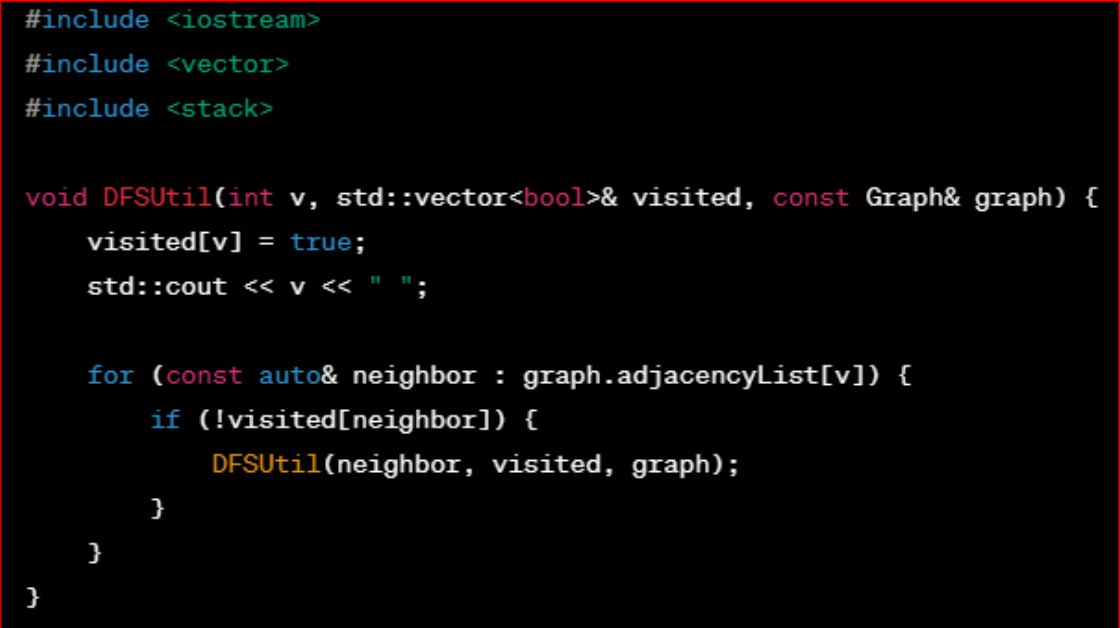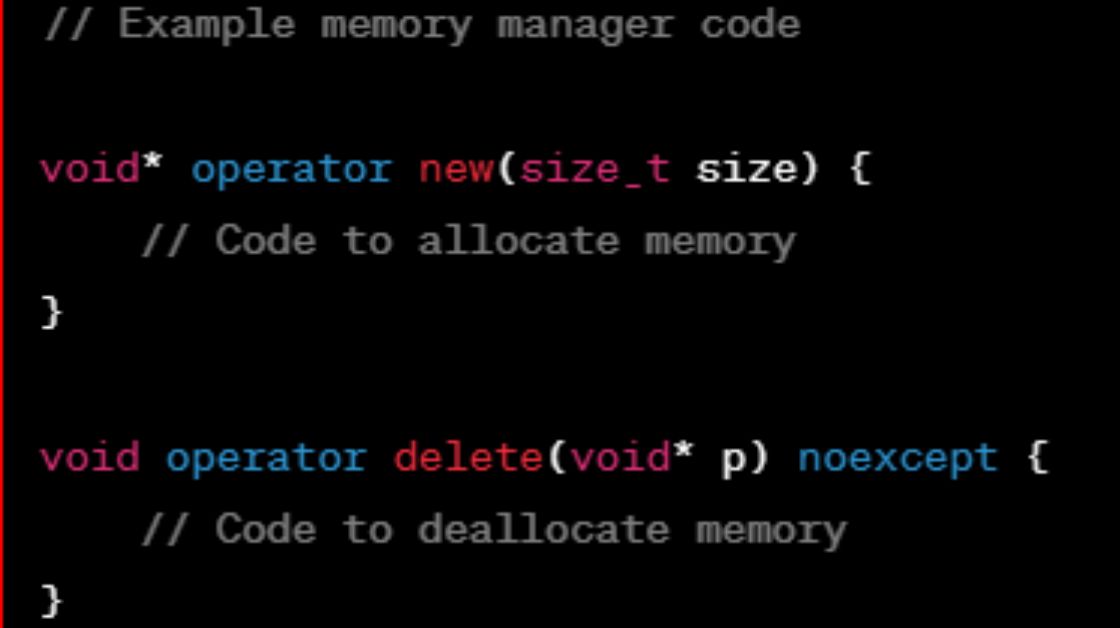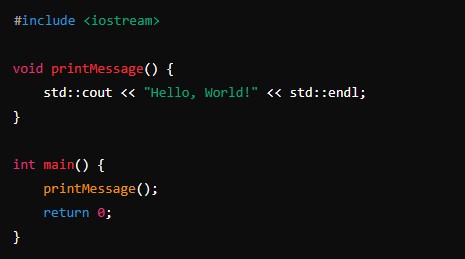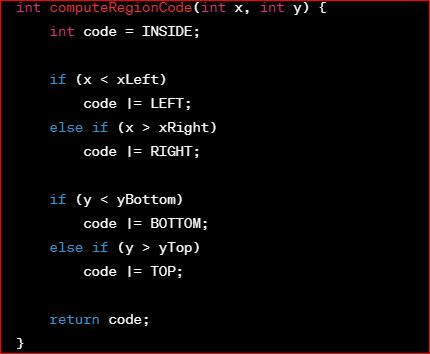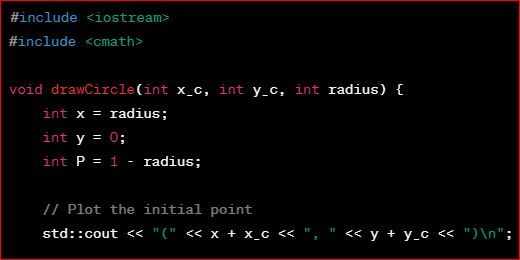Navigating the Web of Nodes: DFS and BFS Graph Traversal in C++
Graphs are versatile data structures that model a wide range of relationships. Traversal, the process of systematically visiting each node in a graph, is fundamental to understanding and analyzing its structure. In this blog post, we’ll explore two essential graph traversal algorithms: Depth-First Search (DFS) and Breadth-First Search (BFS), implemented in the C++ programming language.
Graphs and Their Representations
Before delving into traversal algorithms, let’s briefly discuss graphs. A graph consists of nodes (vertices) and edges connecting these nodes. Graphs can be directed or undirected, and they may have weights assigned to edges.
// Example representation of a graph using an adjacency list
#include <iostream>
#include <vector>
class Graph {
public:
int vertices;
std::vector<std::vector<int>> adjacencyList;
Graph(int v) : vertices(v), adjacencyList(v) {}
void addEdge(int v, int w) {
adjacencyList[v].push_back(w);
}
};
int main() {
Graph g(4);
g.addEdge(0, 1);
g.addEdge(0, 2);
g.addEdge(1, 2);
g.addEdge(2, 0);
g.addEdge(2, 3);
g.addEdge(3, 3);
// Graph creation complete
return 0;
}In this example, we’ve represented a directed graph with four vertices using an adjacency list.
Depth-First Search (DFS)
Depth-First Search explores as far as possible along each branch before backtracking. It is often implemented using recursion or a stack.
// Depth-First Search implementation
#include <iostream>
#include <vector>
#include <stack>
void DFSUtil(int v, std::vector<bool>& visited, const Graph& graph) {
visited[v] = true;
std::cout << v << " ";
for (const auto& neighbor : graph.adjacencyList[v]) {
if (!visited[neighbor]) {
DFSUtil(neighbor, visited, graph);
}
}
}
void DFS(const Graph& graph, int startVertex) {
std::vector<bool> visited(graph.vertices, false);
DFSUtil(startVertex, visited, graph);
}
int main() {
// Assuming the graph from the previous example
Graph g(4);
g.addEdge(0, 1);
g.addEdge(0, 2);
g.addEdge(1, 2);
g.addEdge(2, 0);
g.addEdge(2, 3);
g.addEdge(3, 3);
std::cout << "Depth-First Traversal starting from vertex 2:\n";
DFS(g, 2);
return 0;
}Breadth-First Search (BFS)
Breadth-First Search explores the neighbor nodes at the present depth before moving on to nodes at the next depth level. It is implemented using a queue.
// Breadth-First Search implementation
#include <iostream>
#include <vector>
#include <queue>
void BFS(const Graph& graph, int startVertex) {
std::vector<bool> visited(graph.vertices, false);
std::queue<int> q;
visited[startVertex] = true;
q.push(startVertex);
while (!q.empty()) {
int currentVertex = q.front();
q.pop();
std::cout << currentVertex << " ";
for (const auto& neighbor : graph.adjacencyList[currentVertex]) {
if (!visited[neighbor]) {
visited[neighbor] = true;
q.push(neighbor);
}
}
}
}
int main() {
// Assuming the graph from the previous example
Graph g(4);
g.addEdge(0, 1);
g.addEdge(0, 2);
g.addEdge(1, 2);
g.addEdge(2, 0);
g.addEdge(2, 3);
g.addEdge(3, 3);
std::cout << "Breadth-First Traversal starting from vertex 2:\n";
BFS(g, 2);
return 0;
}Conclusion
Graph traversal algorithms are vital tools in a programmer’s toolkit for understanding the relationships within a graph. Depth-First Search and Breadth-First Search, though simple in concept, form the foundation for more advanced graph algorithms. In C++, these algorithms can be implemented efficiently using standard data structures. Whether you’re exploring social networks, analyzing network connections, or solving complex problems in various domains, a solid understanding of graph traversal is essential. Happy exploring!
